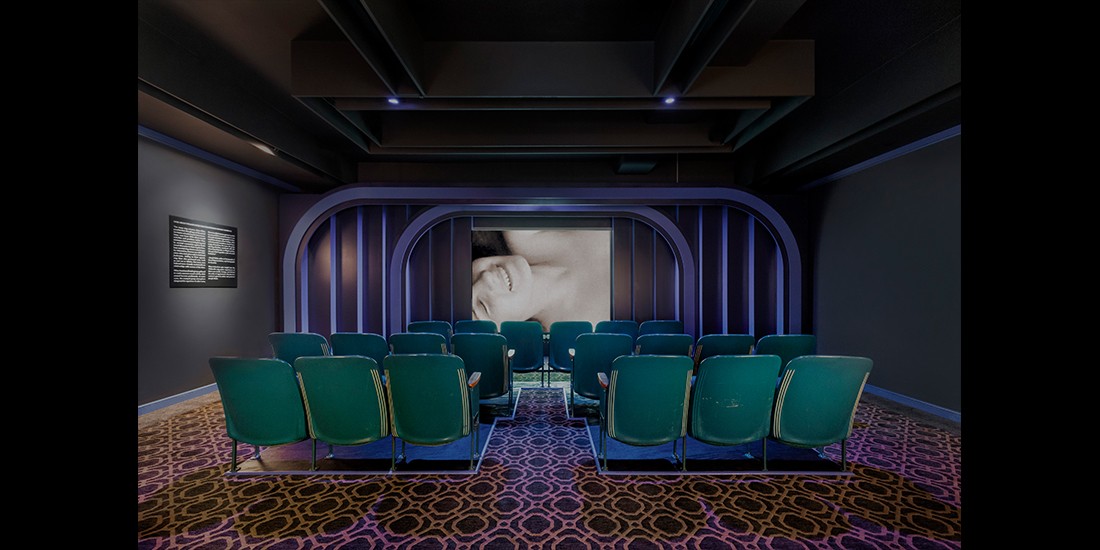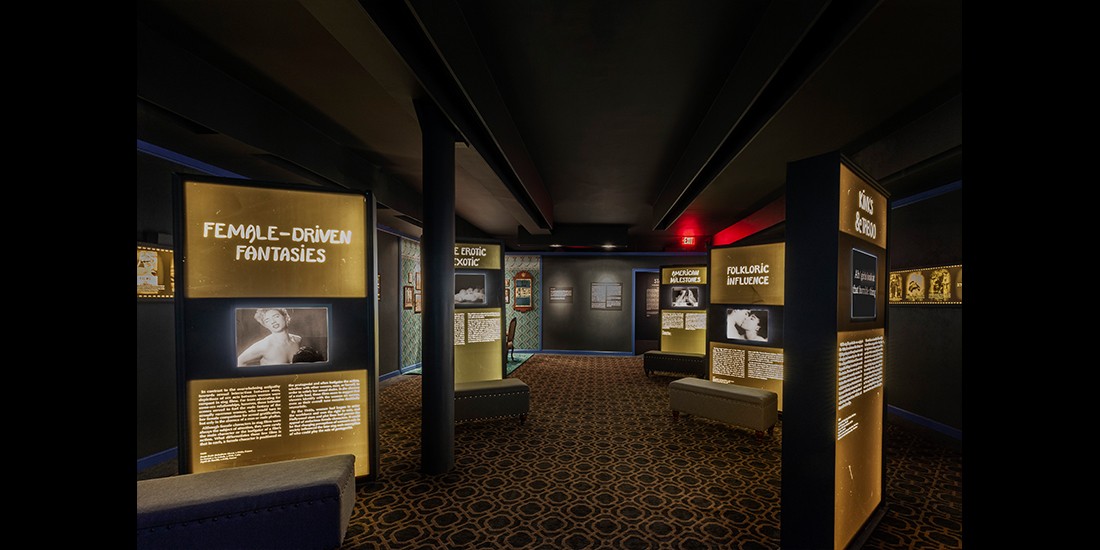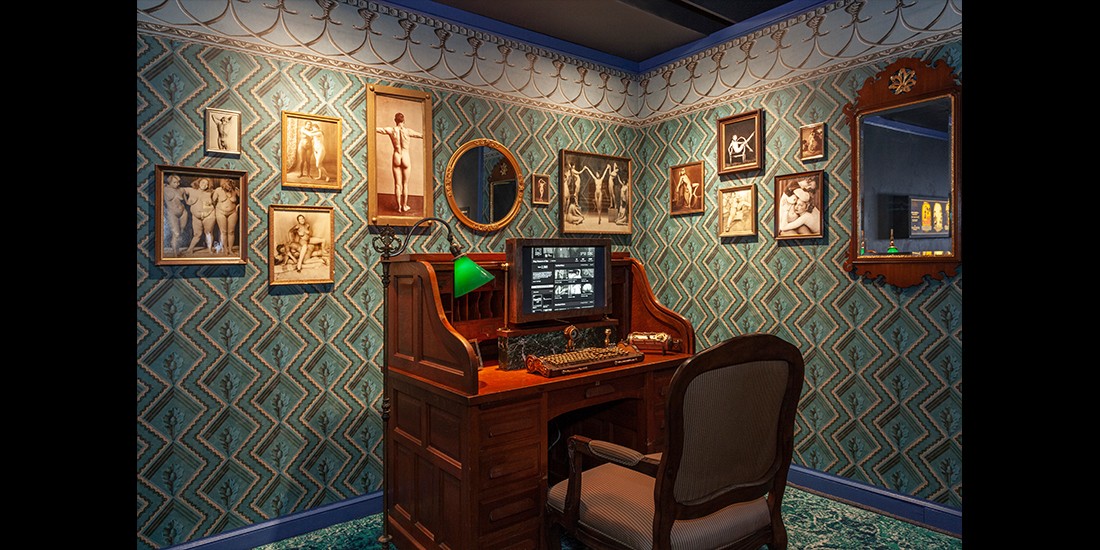From the early 1900s until the late 1960s, pornographic films were predominantly short, black-and-white, and anonymously produced—known as ‘stags.’ The first stag films appeared independently in the United States, France, Austria, Germany, Russia, Argentina, and North Africa between 1907 and 1919. From the 1910s through the early ‘30s, stag films often interlaced their depictions of sex with humor and narrative plots, subverting stories and morals from folklore for the sake of satire and sometimes social commentary. As this period came to a close, humor and plot declined, increasingly subordinated to the depiction of sexual activities. At the same time, the professional filmmakers responsible for some of the most famous early stags abandoned the industry to amateur producers. Amateur production would characterize the rest of the genre’s history. The technology used remained intentionally retrograde—almost all stag productions were silent and black-and-white, even as sound and color film became the norm in the rest of the industry. This stylistic device contributed to the films’ explicit allure, suggesting the reality of the sex acts being performed, as well as the underground and illicit nature of the pornographic film
industry itself.
Screenings of stag films, called smokers or stag parties, were clandestine events that attracted a specific audience. Typically middle-class, heteronormative, white, and male, these groups would gather together in American legion halls and fraternities—or brothels, especially outside of the United States—to watch pornographic films together. At these characteristically raucous events, audiences would drink and laugh together, tease and nudge each other knowingly, and jeer and cheer at the screen as the films’ protagonists pursued their conquests.
The films displayed here demonstrate many of the major aesthetic and thematic trends and transformations in the history of this early illicit film industry. However, in offering the stag genre for a contemporary audience’s consideration, recognition has also been given to films that shed light on the cultural and social norms of the stag era and, in some cases, offer exceptions to them. These films offer insight into the era’s construction of male and female sexualities and its exclusion of non-heteronormative and non-Anglo perspectives and narratives. It is for this new and inherently more diverse contemporary audience to determine for themselves what has or has not changed from this era to thepresent day.


